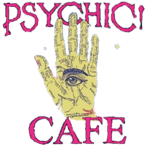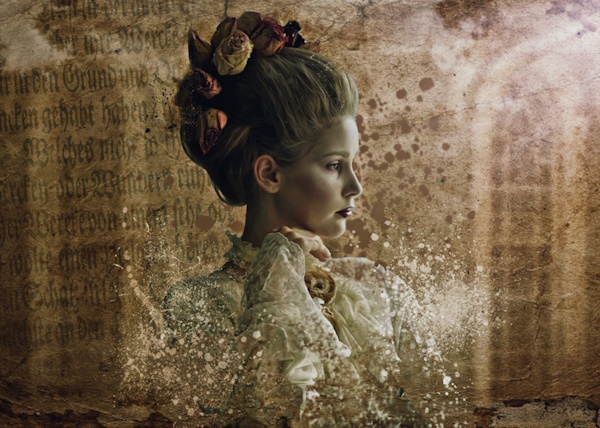Kids aren’t the only ones that get scared by ghosts. In fact, the only difference between the things that frighten kids and the things that scare adults is the response. Kids responses to fear are heightened, whereas adults can keep it together a little more.
Humans are wired to fear what we can’t see. And, adults can tend to err on the side of denial when it comes to accounts of unexplainable experiences. Denial is a tool that you have learned to use later in life, in order to not get scared.
But kids don’t have it yet. They don’t know what is real. That’s why they need your help.
Fear triggers are the same for kids and adults. Your kids can’t help but wonder about the existence of ghosts and monsters. But, what do you say when your kid asks, “are ghosts real?”
The only way that children learn to deal with these questions and fears is to talk about it with an adult. This article tells you how to go about it.
Are Ghosts Real? How to Talk to Kids About Ghosts
There are two ways of going about talking to your kids about ghosts. The first method is the “nature, science, and perception” talk. The second is the “we don’t know what we don’t know” talk.
But–before anything else–the first thing to tell your kid when they ask, “Are ghosts real?” is…
“You are safe, here, and nothing is going to hurt you. But sometimes, I get scared too, of ghosts and monsters in my room. But when I do, I remember what my Mom/Dad told me when I was your age.
“They promised that as long as I live, no ghost or otherworldly monster can hurt me–even if I think I see them. Even if it’s in the same room. And I’m still here, and nothing is going to happen to me.”
The first thing you need to do is to reassure your child that they are in a safe place. No matter what they saw, nothing will hurt them. And, they are safe to tell you what they feel and think.
The place where ghosts and monsters do their worst damage is in the mind. Make sure your kid knows that everything is okay and that you won’t let anything hurt them.
Nature, Science, and Perception
No matter how old your kid is, if their imagination can handle ghosts, it can handle some science as well. A widely accepted explanation for accounts of supernatural experiences is a mistake. The fact is that, often, the human brain makes mistakes.
Humans are a mapping species. The brain of a human makes internal maps, for everything, from geography to social interactions, and situational awareness. So, when an unexpected occurrence takes place, your brain instantly corresponds it to a pre-mapped event sequence from your memory.
This is why the dark scares humans. In the distant past, nighttime was feeding time for predators. Humans had to map the sounds of tribe members footsteps from that of a tigers footsteps. Today, tigers are not a worry for those living in the developed world, but ghosts retain some power in our minds.
When you experience an event that cannot be logically attributed to one of your mental maps, fight or flight kicks in. It is important to understand that, just like an adult, a fight or flight response triggers cortisol uptake in the brain.
So, even when you tell your child that everything is fine, they likely won’t be convinced. That is because your child feels a legitimate chemical feeling of being in danger.
The only thing that will lower their cortisol levels, and allow them to relax is if they feel safe. If you tell them that everything they feel and think is wrong, they do not feel safe. Then, they feel that you are ignorant of the present danger. Don’t negate their experience.
Instead, engage in their experience. Ask them questions about what they saw, how they feel, and why it scared them.
We Don’t Know What We Don’t Know
Short of telling your children, that ghosts do, in fact, exist–you can invite them to turn their mind towards that which we don’t understand. Start by talking about ghosts and spirits. Spirits are less scary for a child.
You can use this opportunity to get your kid interested in history by segueing into a story of Native American Spirit Animals. Animals are not scary to kids because they already belong to a map in their minds. Turning their fear of ghosts into an interest in spirit animals creates a safe mind-map around the issue.
Another route to explore is to teach them about mysticism and Feng Shui. Explain, that some cultures see existence as within an ether of energies. Some energies are warm, while some are cold.
The point to drive home is that all energy is good and no energy is evil. Energy is, either, useful or distracting. An energy that feels scary is just distracted within the space.
Final Thoughts
The goal is to give your child the safety of knowing that ghosts aren’t dangerous while allowing their minds to contemplate new experiences. Telling them that, ‘ghosts aren’t real’ doesn’t explain their experience. Until you help them explain what they felt or saw, they will not feel safe.
By Janet Webster





